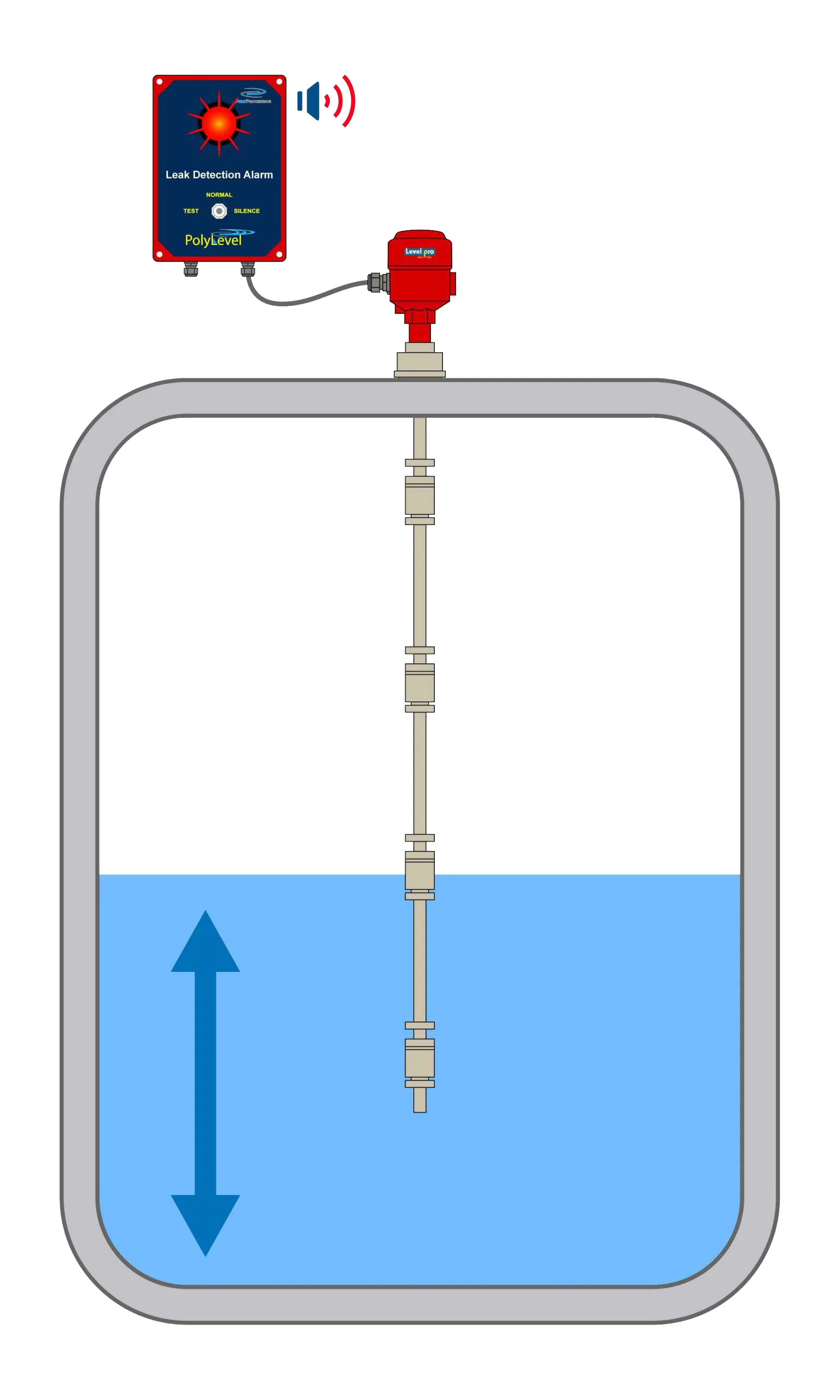Straight Talk on Liquid Level Sensors

Submersible level sensors are sensors that are designed to be completely or partly submerged in a liquid to measure its level. There are several types of submersible level sensors, each of which work in a slightly different way, but most of them fall into two main categories: contact and non-contact sensors.
Contact sensors: These sensors come into direct contact with the liquid being measured and use different physical principles to measure the level,
- Hydrostatic pressure sensors: These sensors work by measuring the pressure of the liquid on the sensor itself. They are based on the principle that the pressure exerted on a fluid is proportional to the depth of the fluid. They measure the hydrostatic pressure on the surface of the liquid and use this information to calculate the level.
- Capacitance sensors: These sensors work by measuring the capacitance of the liquid on the sensor itself. Capacitance is the ability of a material to store an electrical charge. They work by applying an electrical charge to the sensor and measuring the amount of charge that is stored in the liquid. They then use this information to calculate the level.
Non-contact sensors: These sensors do not come into direct contact with the liquid being measured and use different physical principles to measure the level, like:
- Ultrasonic sensors: These sensors work by emitting sound waves and measuring the time it takes for the sound wave to travel through the liquid to the surface and back. They use this information to calculate the level.
- Radar sensors: These sensors work by emitting radio waves and measuring the time it takes for the radio wave to travel through the liquid to the surface and back. They use this information to calculate the level.
In summary, the function of submersible level sensors is to measure the level of a liquid in a container. This measurement can be conducted in different ways, like measuring the pressure, capacitance, ultrasonic/radar signals and subsequently they are analysed to calculate the level of the liquid.
Learn more about level sensors
Please contact us to discuss your application


